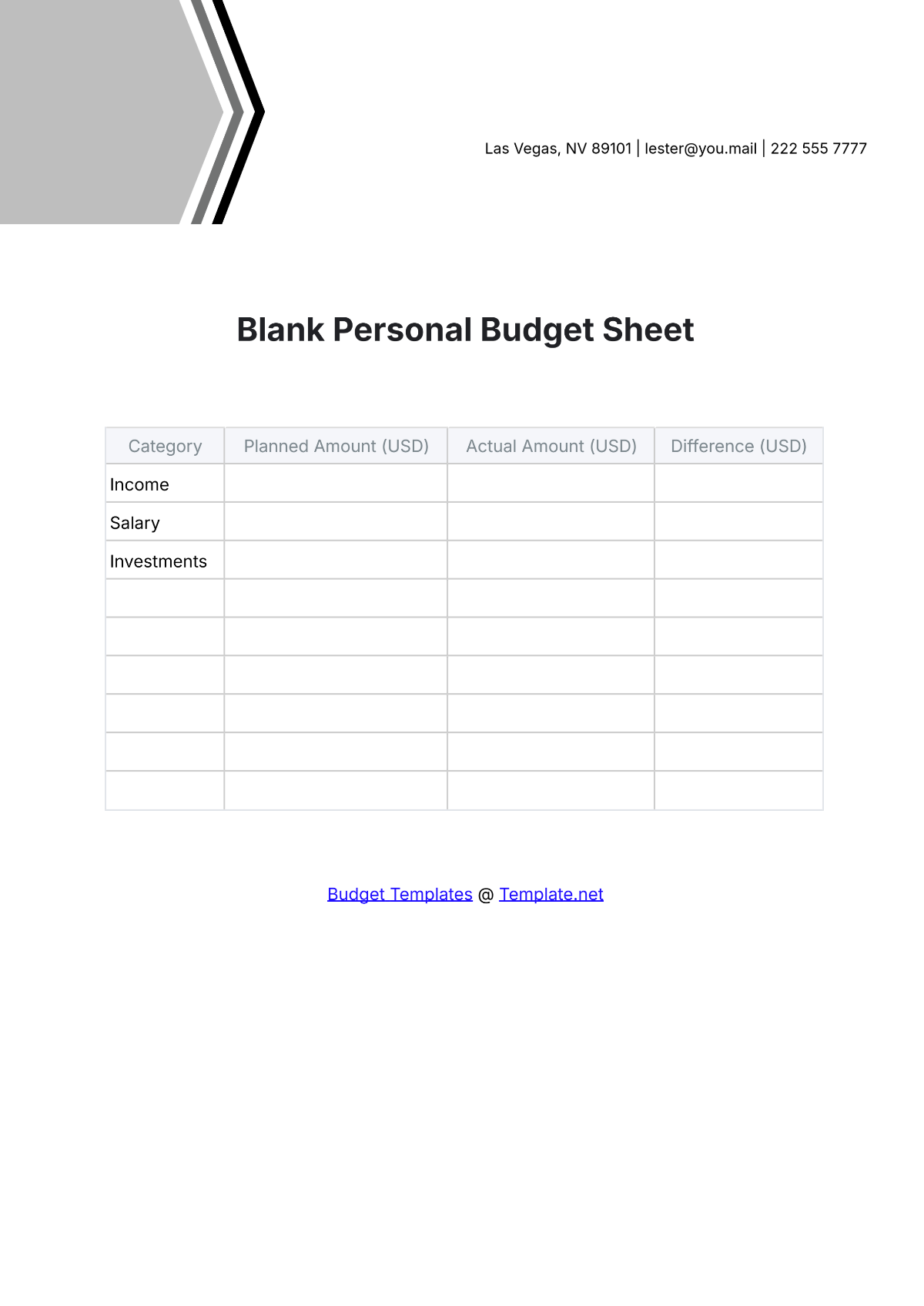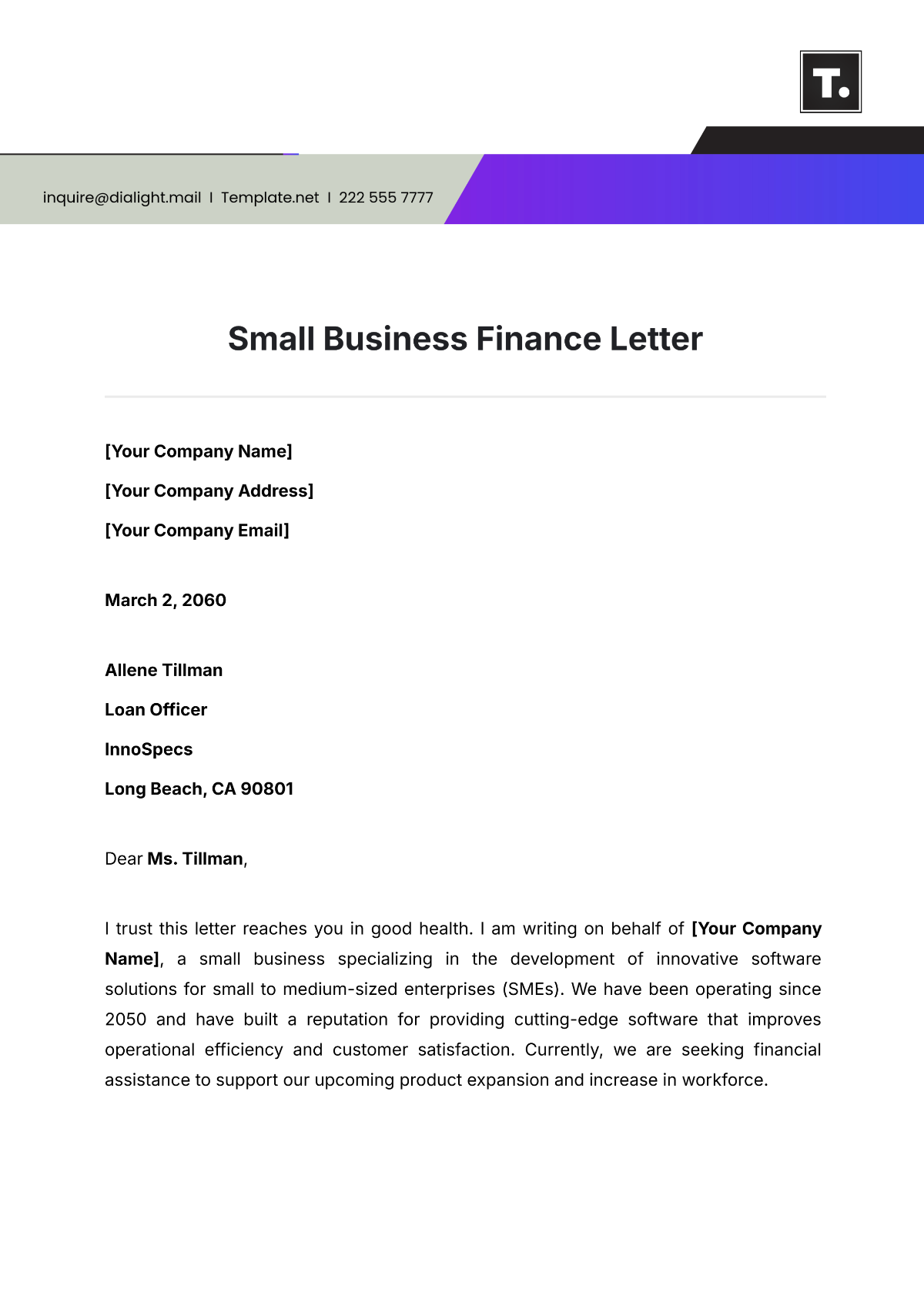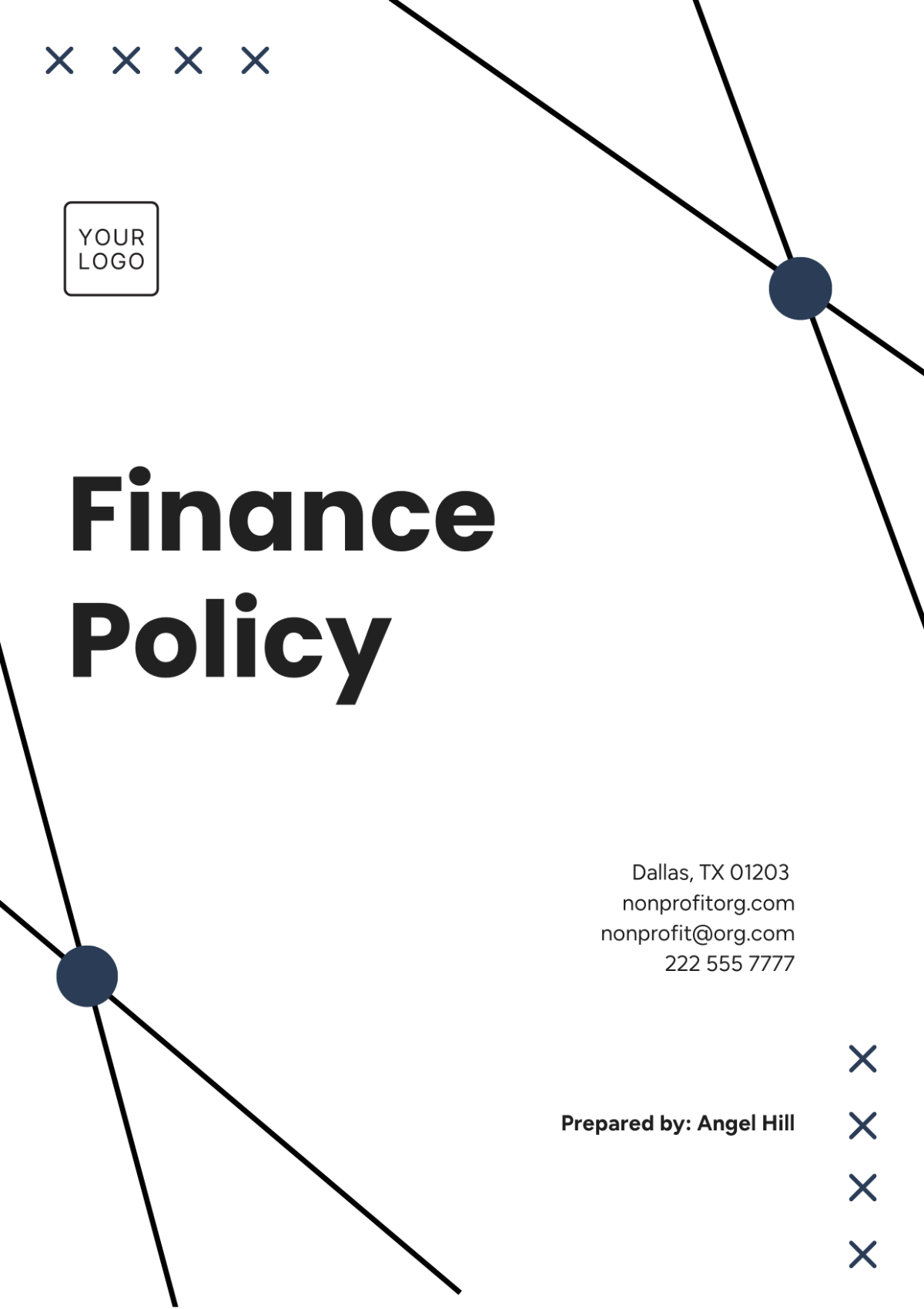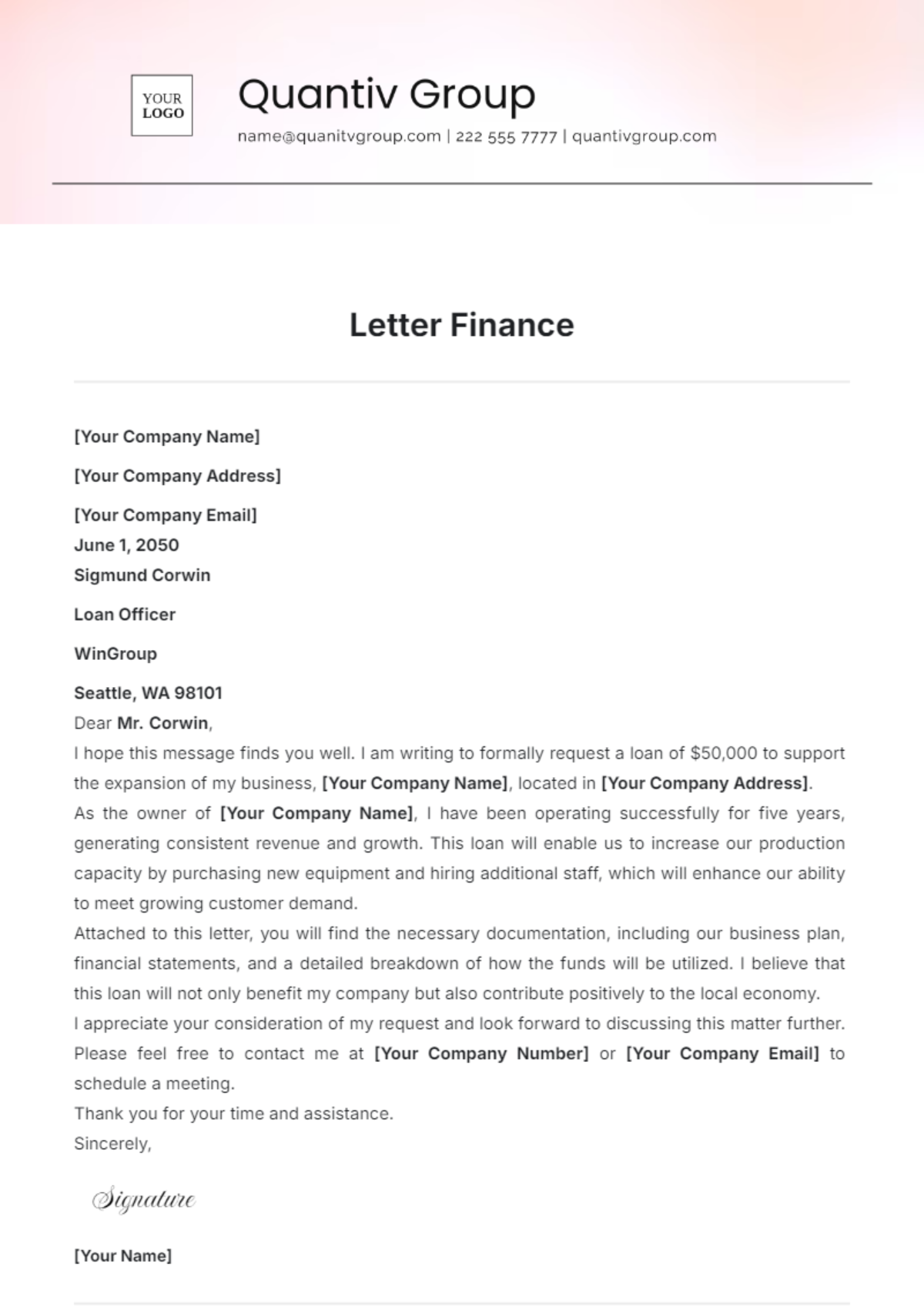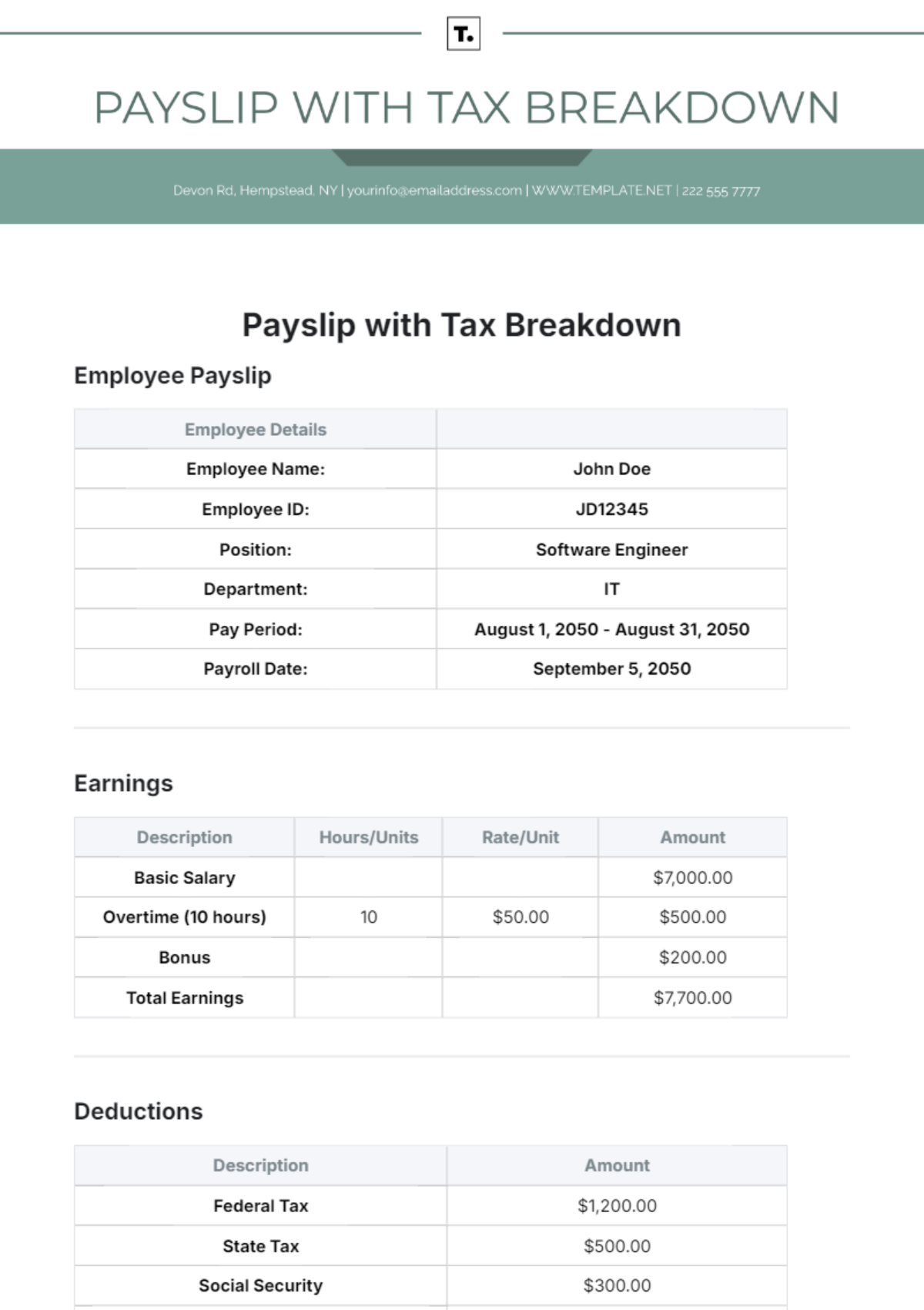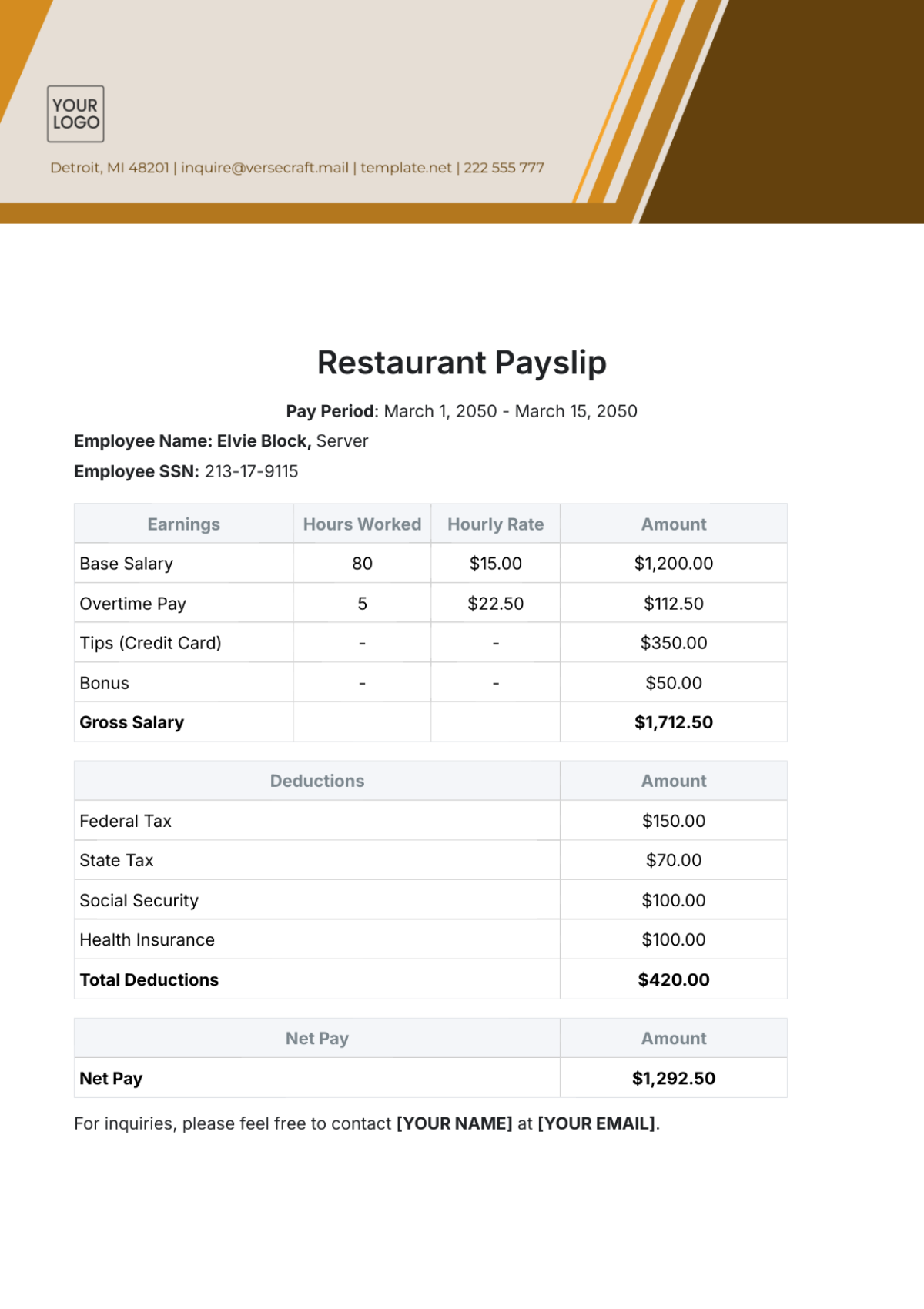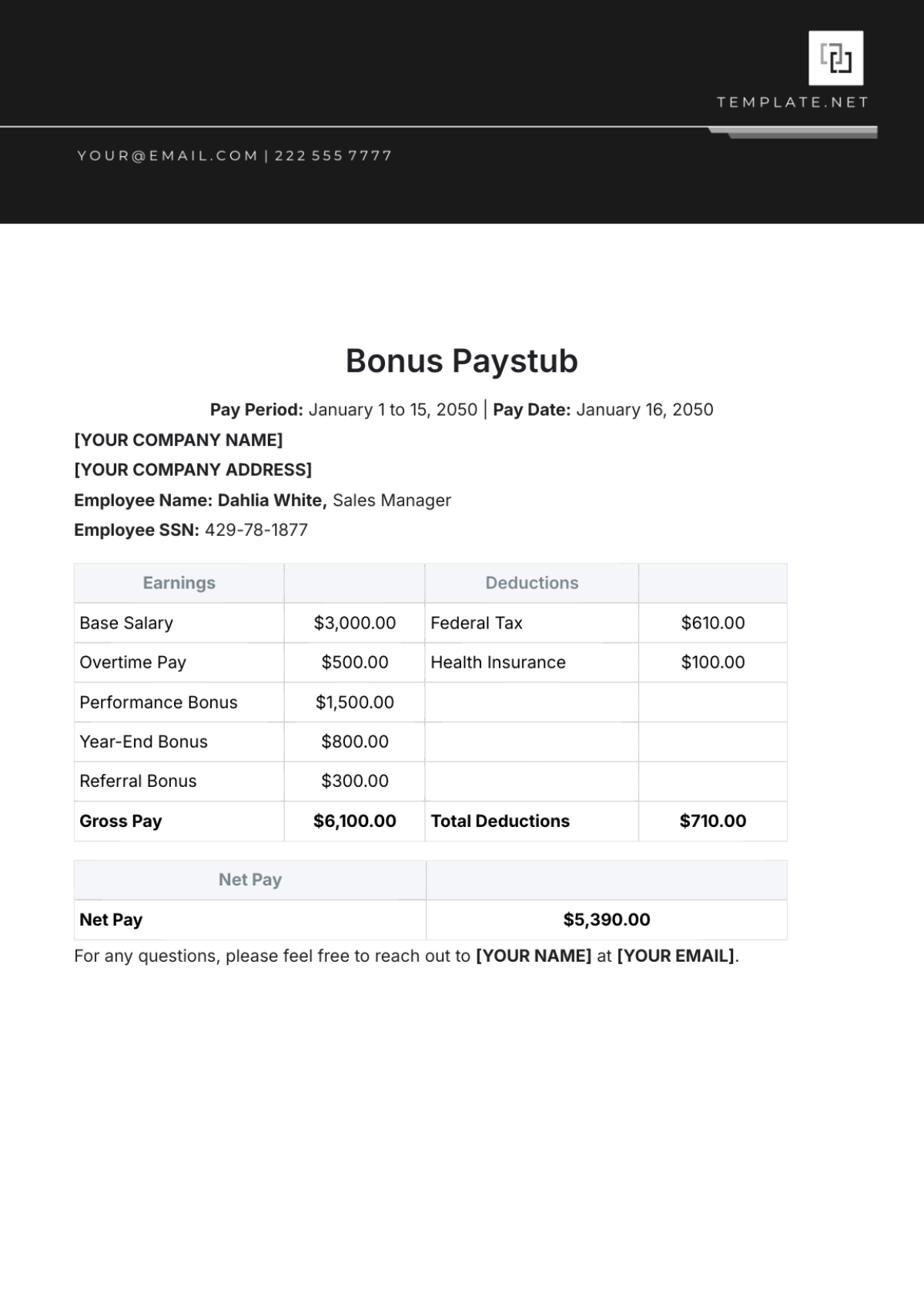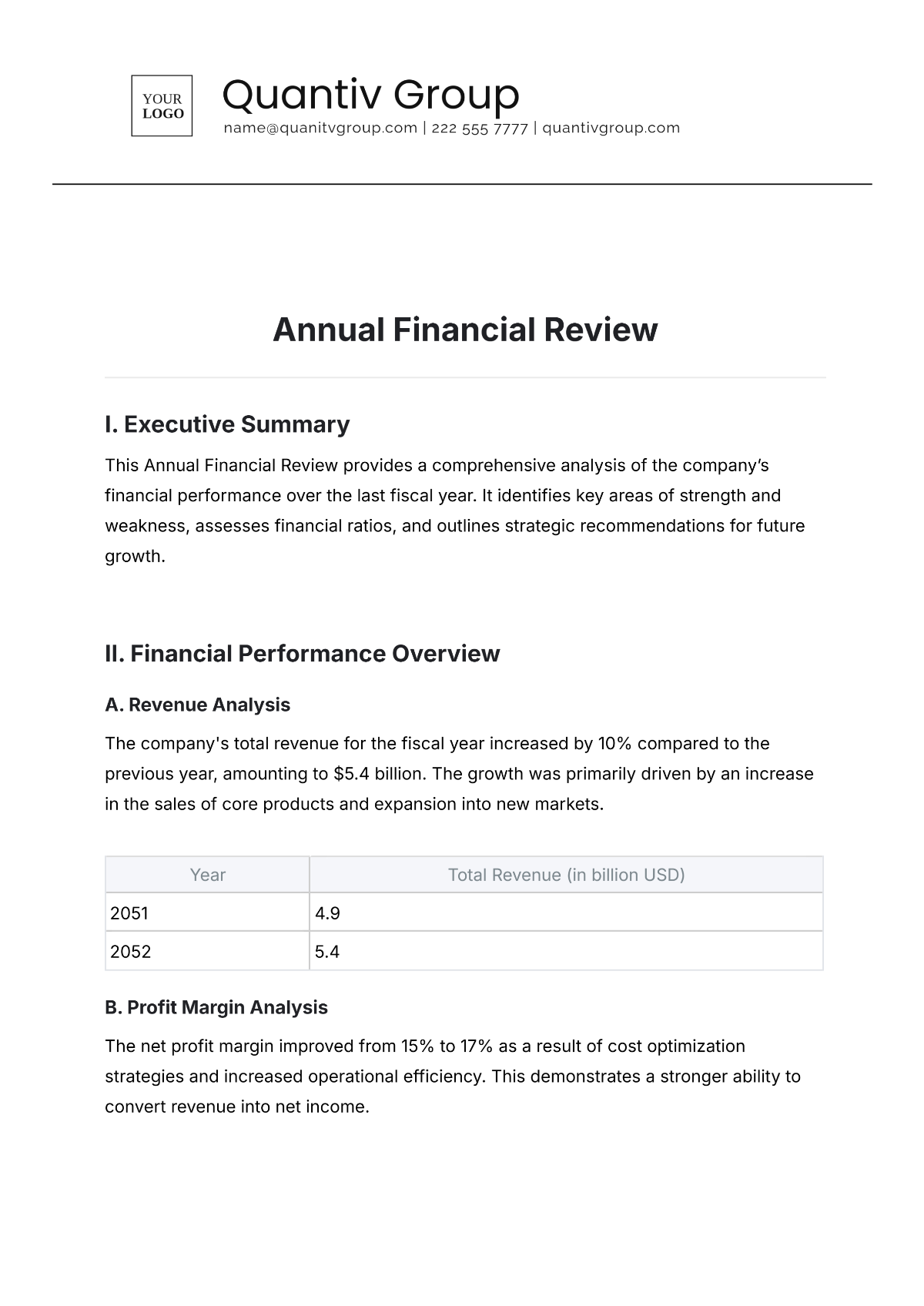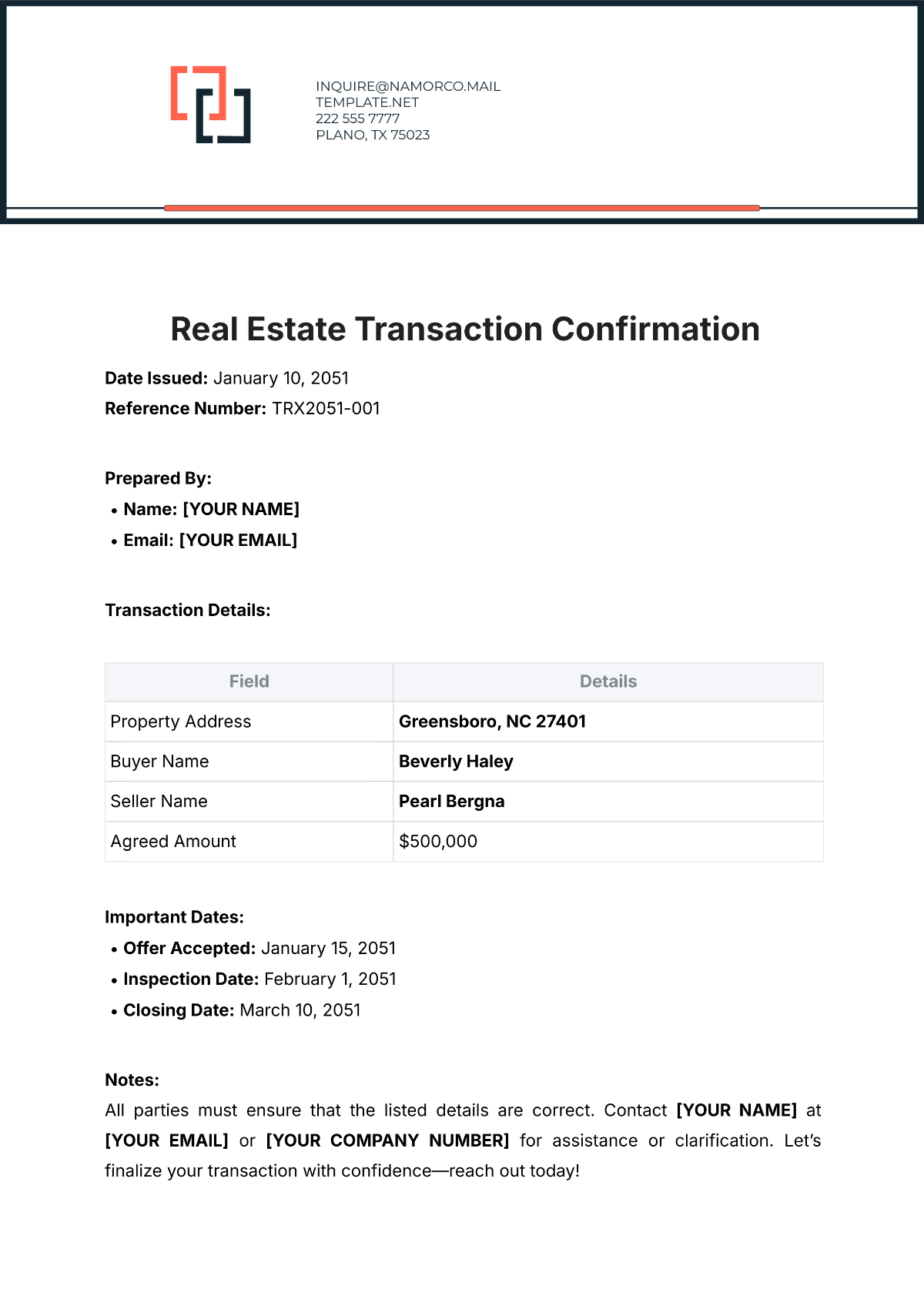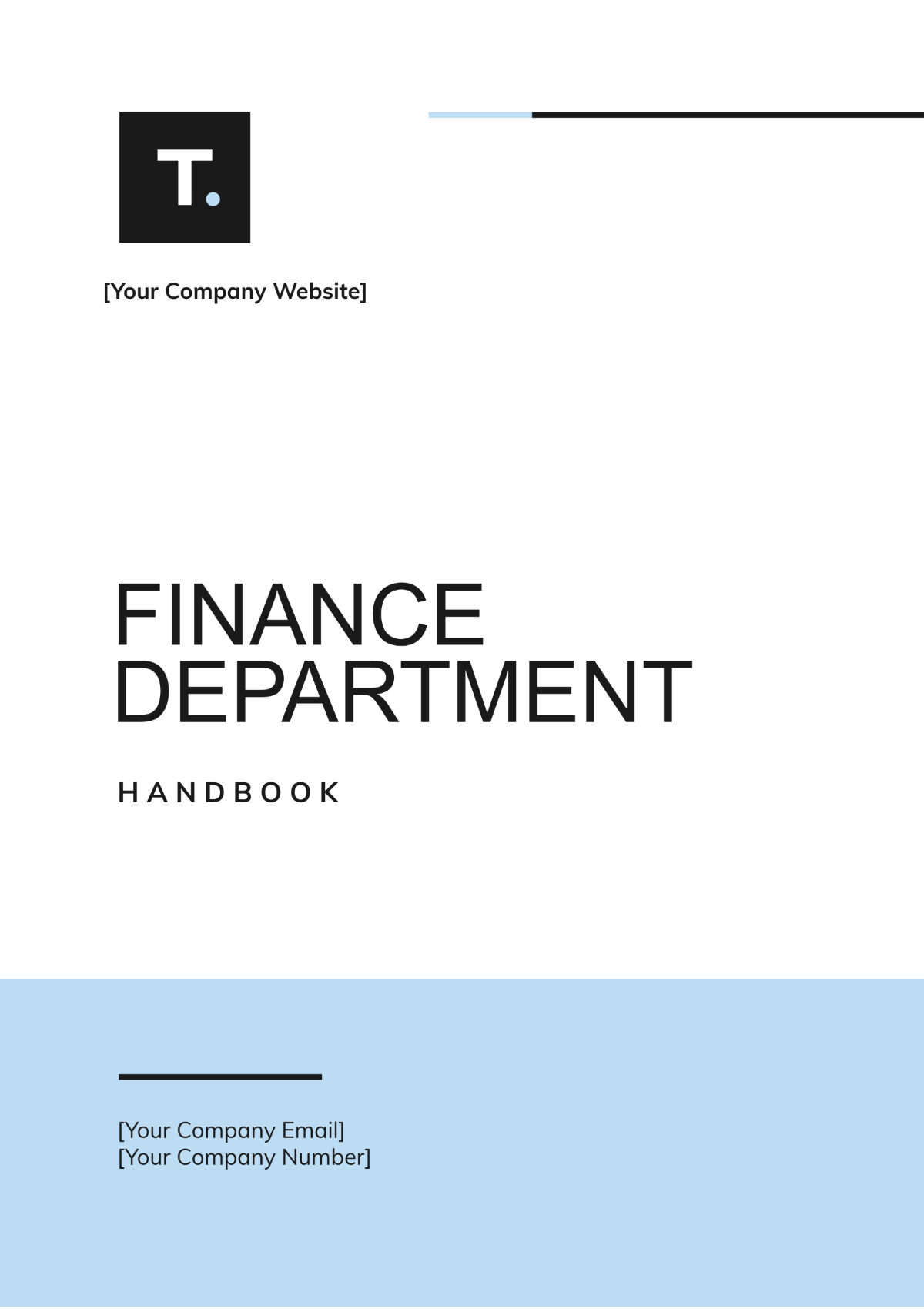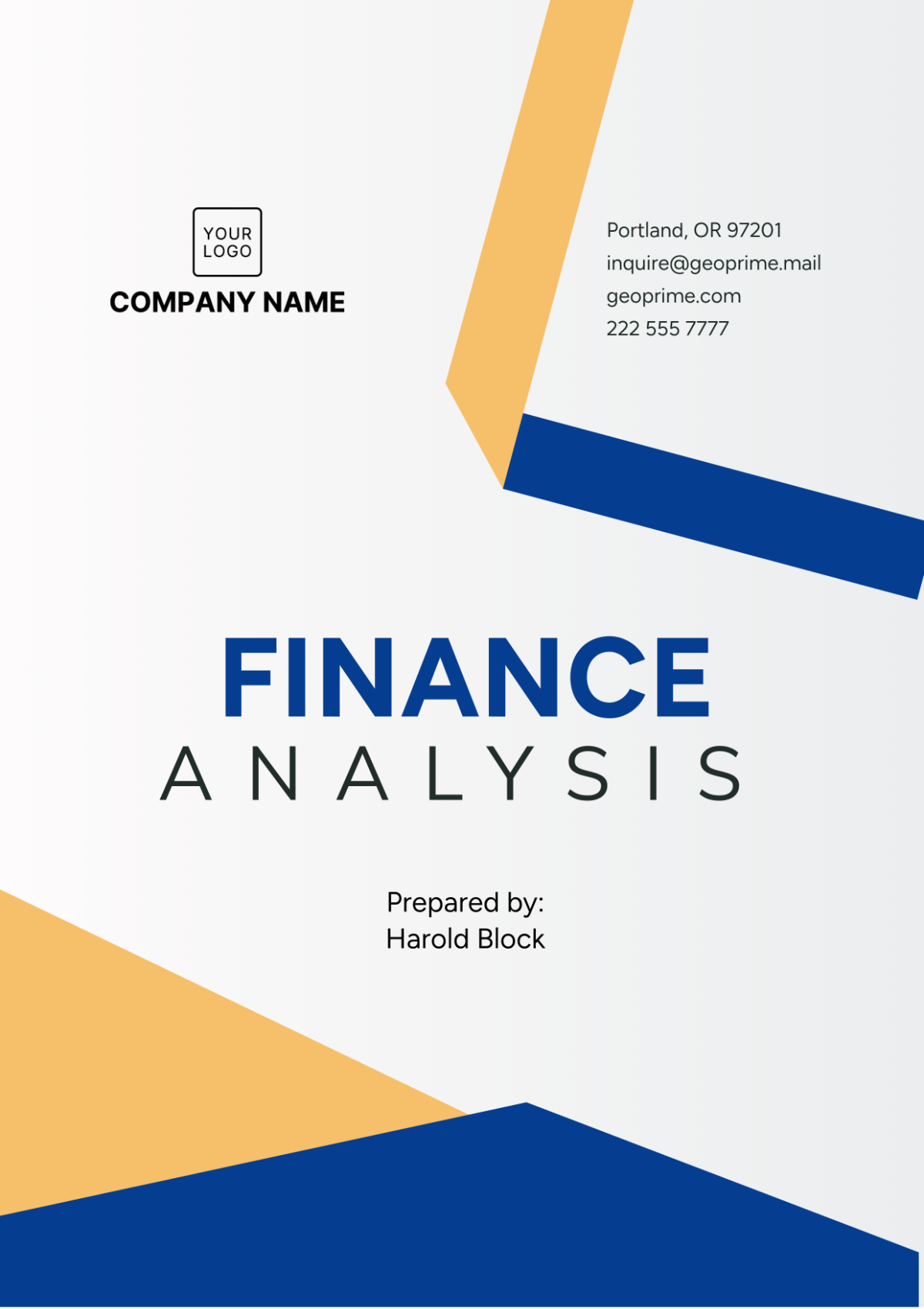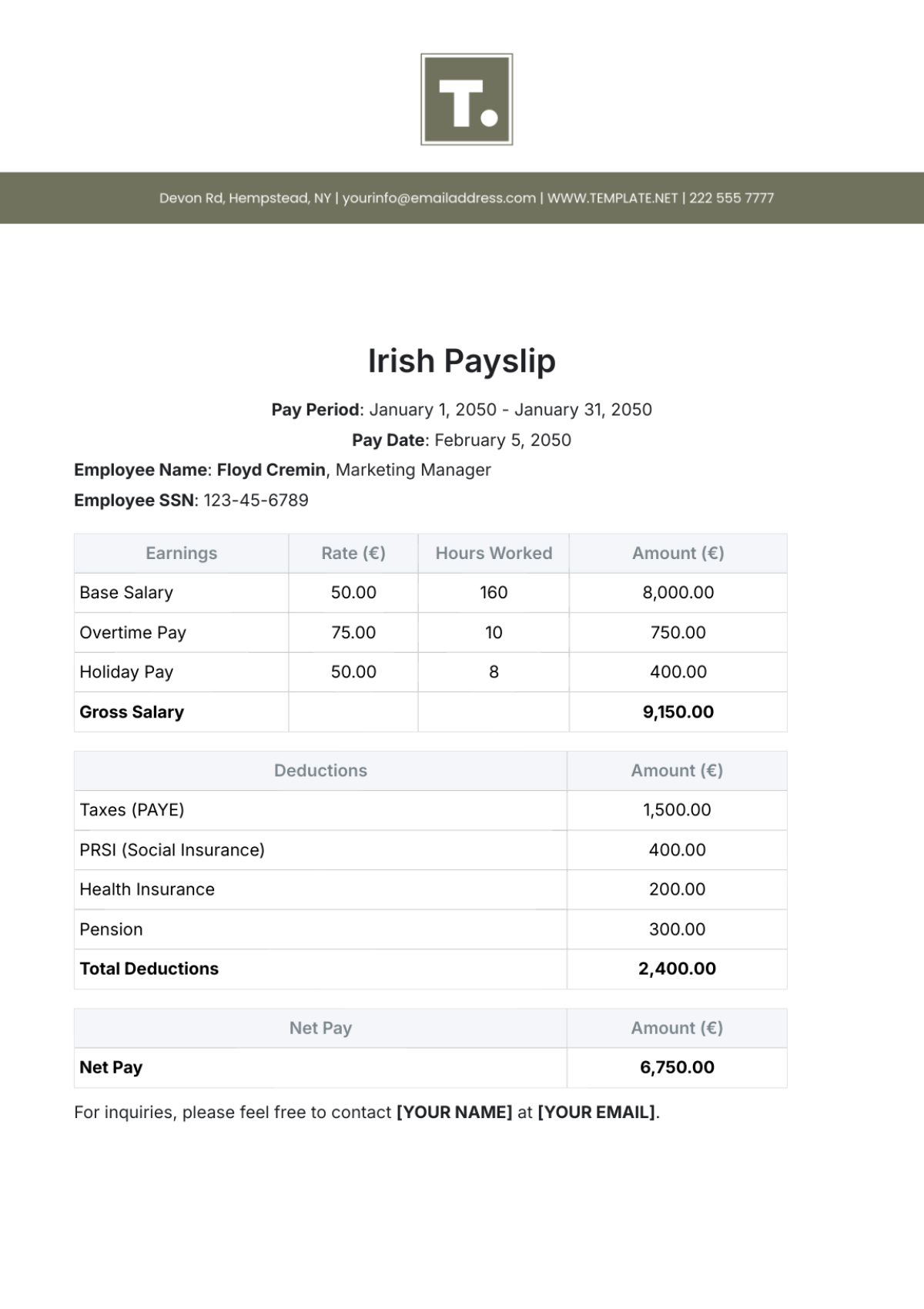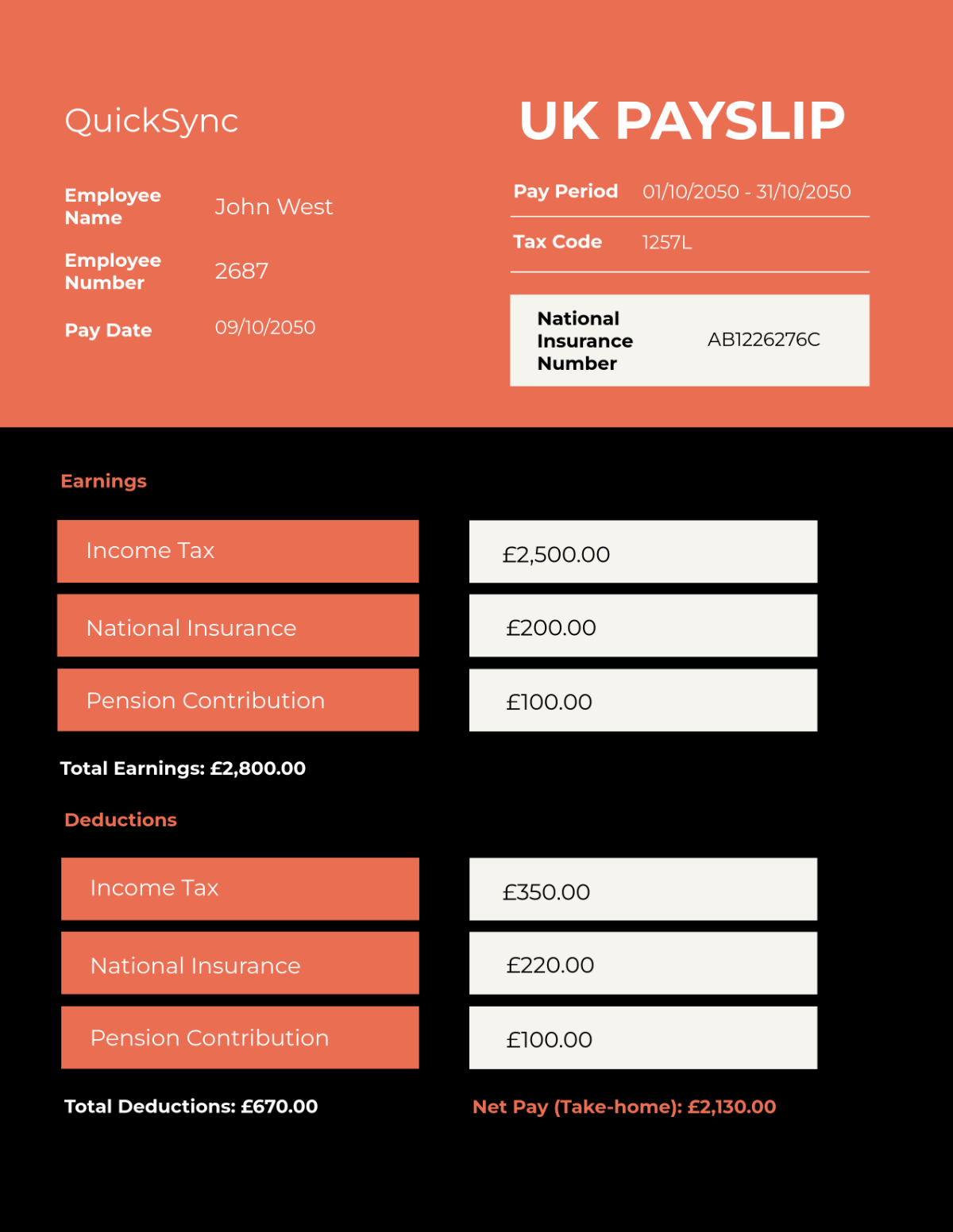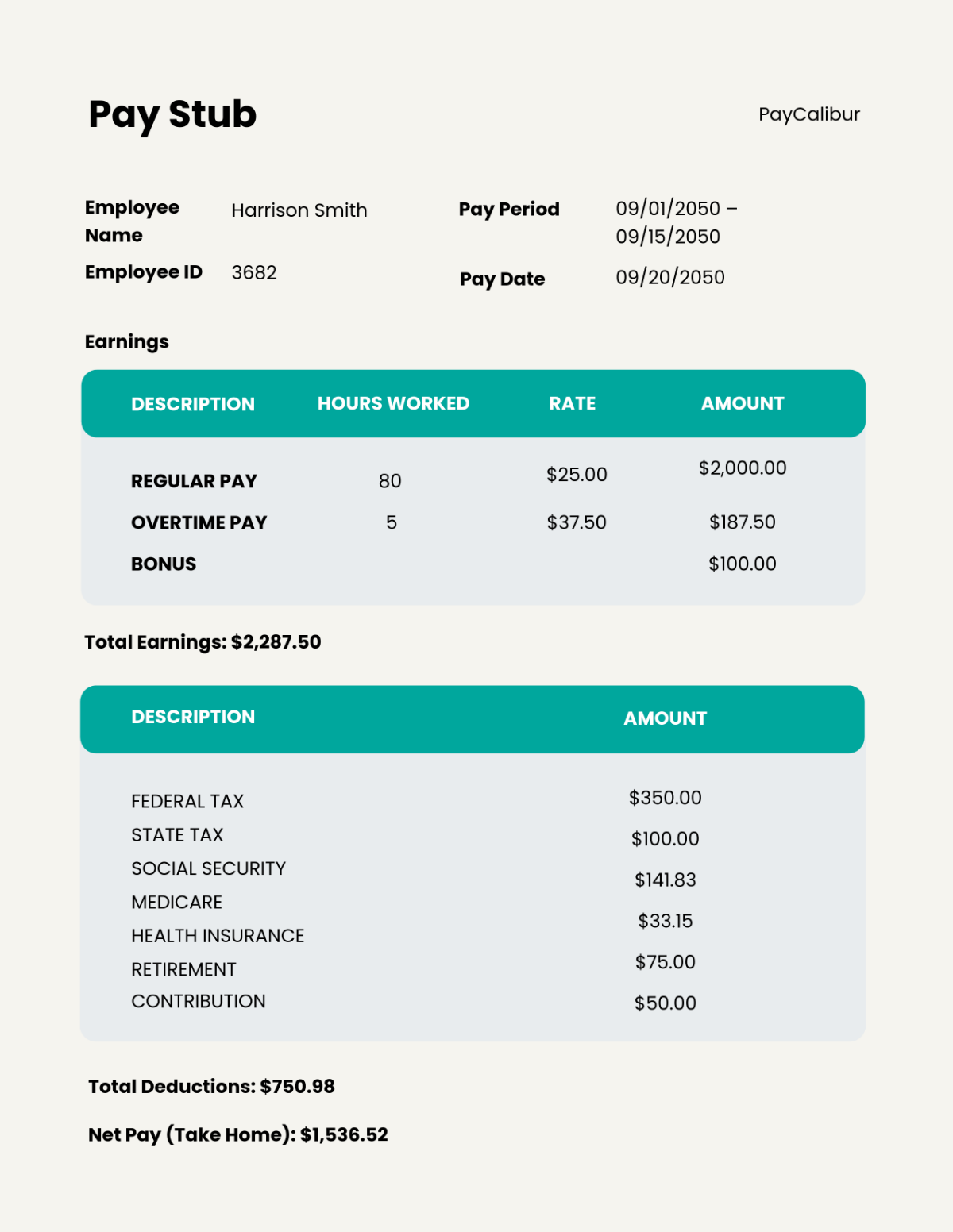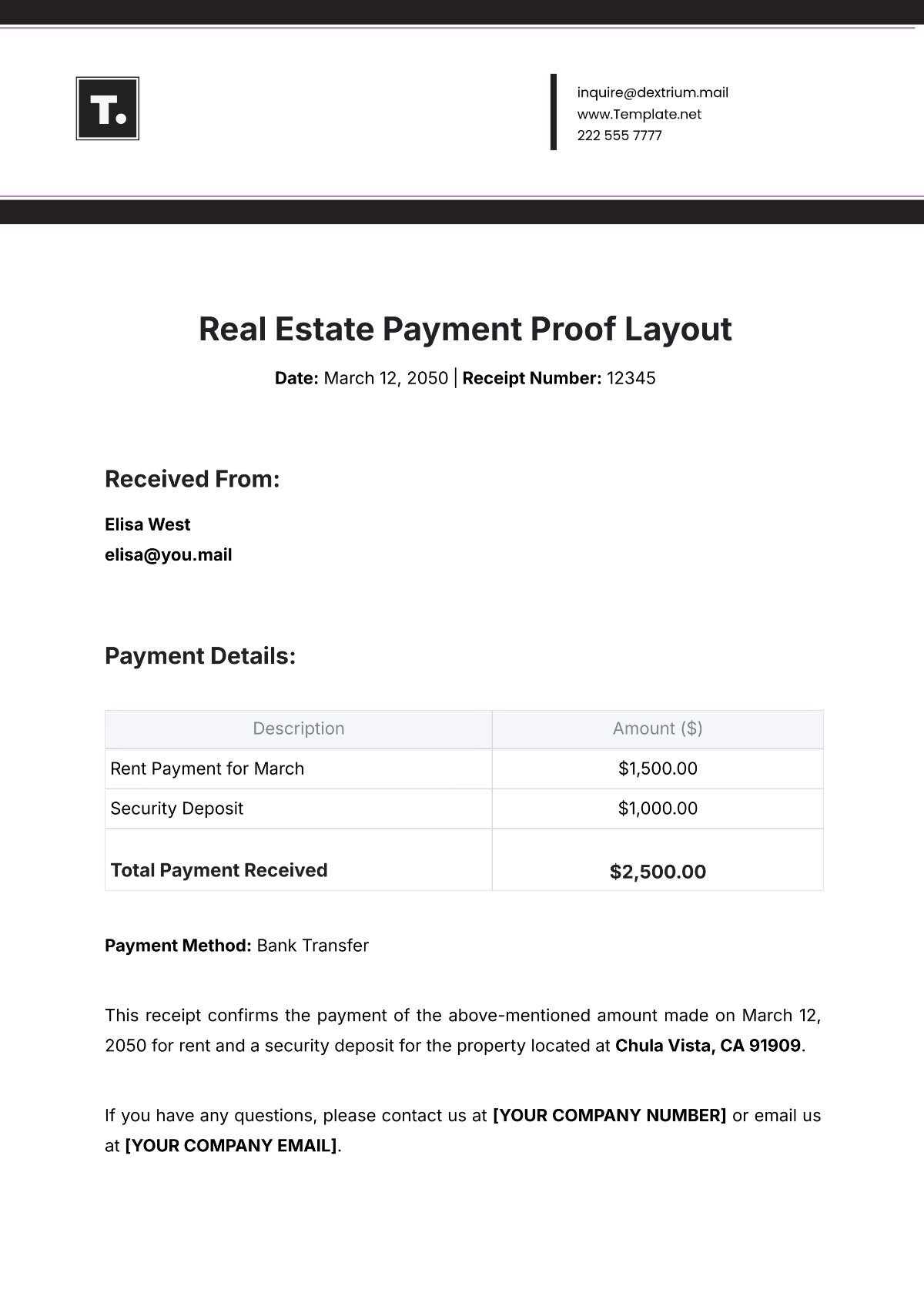Finance Internal Control Protocol
I. Introduction
Purpose of the Finance Internal Control Protocol
The Finance Internal Control Protocol serves as the cornerstone for maintaining the accuracy, reliability, and integrity of financial information at [Your Company Name]. By establishing clear objectives, it aims to safeguard assets, mitigate risks, and uphold the highest standards of financial integrity. This protocol provides a framework for the effective design, implementation, and monitoring of internal controls, ensuring the consistency and transparency of financial processes across the organization.
Scope and Applicability
This protocol applies to all financial processes within [Your Company Name], encompassing areas such as cash handling, financial reporting, procurement, and budget management. It applies to all employees, contractors, and third parties involved in financial activities. By defining the scope, we ensure that every aspect of financial operations is subject to the established internal control measures, fostering a comprehensive and standardized approach.
II. Control Environment
Control Culture
A strong control culture at [Your Company Name] emphasizes the importance of ethical behavior and compliance. Employees are encouraged to integrate control practices into their daily activities, promoting a shared responsibility for maintaining the highest standards of integrity in financial operations. This culture extends from top management to frontline employees, creating an environment where everyone is committed to upholding the principles of internal control.
Tone at the Top
The commitment of executive leadership sets the tone for a culture of accountability and ethical conduct within the finance function. Through regular communication and leading by example, top management underscores the importance of adherence to internal controls, reinforcing the expectation that all employees prioritize compliance with established protocols in their financial responsibilities.
III. Control Activities
Segregation of Duties
Segregation of duties is implemented to distribute responsibilities among multiple individuals, reducing the risk of errors and fraud. This includes separating authorization, recording, and custody functions. By delineating specific roles, we ensure a checks-and-balances system that promotes accountability and accuracy in financial transactions.
Authorization and Approval
Clear procedures for authorization and approval of financial transactions are established to prevent unauthorized activities. Designated personnel are responsible for reviewing and approving transactions based on predefined criteria, ensuring that financial activities align with organizational objectives and comply with relevant policies.
Recordkeeping and Documentation
Comprehensive recordkeeping practices are in place to document all financial transactions accurately. This includes maintaining supporting documentation, such as invoices and receipts, in an organized and accessible manner. By emphasizing the importance of thorough documentation, we create a reliable audit trail and facilitate transparency in financial reporting.
Physical Controls
Stringent physical controls are implemented to safeguard assets and minimize the risk of theft or loss. Access to secure areas containing cash, checks, and important financial documents is restricted, and regular physical audits are conducted to ensure the physical security of valuable assets.
IV. Information and Communication
Internal and External Reporting
Procedures for internal and external reporting are designed to ensure accuracy and timeliness. Financial reports undergo rigorous reviews for completeness and adherence to accounting standards before dissemination. This process enhances the credibility of financial information and promotes informed decision-making by stakeholders.
Communication Channels
Established communication channels provide a platform for employees to report financial concerns or breaches of internal controls. Whistleblower protections are actively communicated, ensuring that employees feel secure in reporting any irregularities without fear of retaliation. This open communication fosters a proactive approach to addressing potential issues promptly.
Training and Awareness
A comprehensive training program is implemented to equip employees with the knowledge and skills required to adhere to internal control protocols. Regular training sessions cover updates to protocols, changes in regulations, and practical guidance on applying control activities in daily tasks. This ongoing training fosters a culture of awareness and compliance throughout the organization.
V. Monitoring and Oversight
Internal Audit
The internal audit team, consisting of highly trained professionals, conducts regular and systematic evaluations of the organization's internal controls. These assessments go beyond mere compliance checks and delve into the effectiveness and efficiency of control activities. By engaging in risk-based audits, the internal audit team identifies potential weaknesses, recommends improvements, and ensures that corrective actions are implemented promptly. These audits serve not only as a tool for accountability but also as a means to enhance overall operational efficiency and maintain the highest standards of financial integrity within [Your Company Name].
Management Review
Management reviews are a strategic element in our oversight framework, providing leadership with insights into the organization's financial health and adherence to internal controls. These reviews involve comprehensive assessments of financial processes, control activities, and risk mitigation strategies. Management actively engages with key stakeholders to address any identified issues and reinforce a commitment to continuous improvement. The feedback obtained from these reviews informs decision-making processes and helps shape strategic initiatives, ensuring that internal controls evolve in tandem with the organization's growth and changing operational landscape.
VI. Risk Assessment
Identification of Risks
Our risk assessment process involves a thorough examination of potential risks to financial processes. This includes the identification of internal and external factors that may impact financial integrity. By utilizing risk matrices and scenario analyses, we categorize risks based on their likelihood and potential impact. This comprehensive approach enables us to prioritize risks, focusing on those with the highest potential impact on our financial objectives. Through regular risk assessments, we proactively address emerging threats and vulnerabilities, fostering a culture of resilience and adaptability within [Your Company Name].
Mitigation Strategies
Mitigation strategies are developed in response to identified risks, employing a combination of preventive and detective measures. These strategies may involve process improvements, system enhancements, or the implementation of additional controls. By systematically addressing risks, we aim to minimize their potential impact on financial operations. The effectiveness of these mitigation strategies is regularly evaluated through ongoing risk monitoring and feedback mechanisms, ensuring that our organization remains agile and well-prepared to navigate a dynamic business environment.
VII. IT Controls
Information System Security
Our IT controls are designed to safeguard the integrity and confidentiality of financial information. Robust cybersecurity measures, including firewalls, encryption protocols, and access controls, are implemented to protect against unauthorized access and data breaches. Regular security assessments and vulnerability scans are conducted to identify and address potential weaknesses in our information systems. By staying abreast of technological advancements and emerging threats, we continuously enhance our IT controls to meet the evolving challenges of the digital landscape.
Data Integrity and Confidentiality
Maintaining the integrity and confidentiality of financial data is paramount to our operations. Data integrity checks are systematically performed to ensure the accuracy and reliability of financial information. Access to sensitive data is restricted to authorized personnel, and data encryption is employed to protect against unauthorized disclosures. Regular training programs emphasize the importance of data confidentiality and provide guidelines for secure data handling. These measures collectively contribute to the preservation of data integrity and confidentiality, bolstering the trustworthiness of financial information within [Your Company Name].
VIII. Compliance
Regulatory Compliance
Ensuring regulatory compliance is a foundational element of our Finance Internal Control Protocol. We maintain a dedicated team responsible for monitoring changes in financial regulations, laws, and industry standards. This team disseminates timely updates to the Finance Internal Control Protocol, ensuring that our organization remains fully compliant with all applicable regulatory requirements. Regular training sessions are conducted to educate employees about the latest compliance standards, fostering a culture of awareness and responsiveness to evolving regulatory landscapes.
Monitoring Changes in Regulations
Our commitment to compliance extends beyond static adherence to regulations. We actively monitor changes in financial regulations, conducting impact assessments to gauge the potential effects on our internal controls. This proactive approach allows us to anticipate and adapt to regulatory changes, minimizing disruption and ensuring the ongoing effectiveness of our Finance Internal Control Protocol. Regular communication channels are established to keep all relevant stakeholders informed about regulatory updates and their implications for our financial processes.
IX. Review and Revision
Regular Review
The Finance Internal Control Protocol undergoes regular reviews, conducted at least annually, to assess its relevance and effectiveness. These reviews involve cross-functional teams, including internal auditors, compliance officers, and finance managers. Through a systematic review process, we evaluate the performance of internal controls, identify areas for enhancement, and incorporate feedback from stakeholders. This commitment to regular reviews ensures that our Finance Internal Control Protocol remains adaptive to the changing dynamics of our business environment.
Continuous Improvement
Continuous improvement is ingrained in our approach to internal controls. Feedback from internal audits, management reviews, and employee input is actively sought and analyzed. Identified areas for improvement are addressed through a structured process that involves updating protocols, enhancing training programs, and implementing corrective actions. This iterative cycle of feedback and improvement ensures that our Finance Internal Control Protocol evolves in tandem with the organization, aligning with emerging risks and industry best practices.
X.Document Control
Version Control
A robust version control system is implemented to track changes and updates to the Finance Internal Control Protocol. Each revision is documented, providing a clear historical record of modifications. This ensures that all stakeholders are working with the latest version, reducing the risk of outdated information compromising the effectiveness of internal controls. Version control extends to training materials, ensuring that employees receive up-to-date information on protocols and procedures.
Distribution
The Finance Internal Control Protocol is distributed to all relevant stakeholders within [Your Company Name], including finance personnel, managers, and key decision-makers. A comprehensive training program accompanies the distribution, ensuring that employees understand the significance of internal controls and their role in maintaining financial integrity. Regular communication channels are established to facilitate updates, ensuring that all stakeholders are promptly informed about changes to the Finance Internal Control Protocol and any related procedures.
